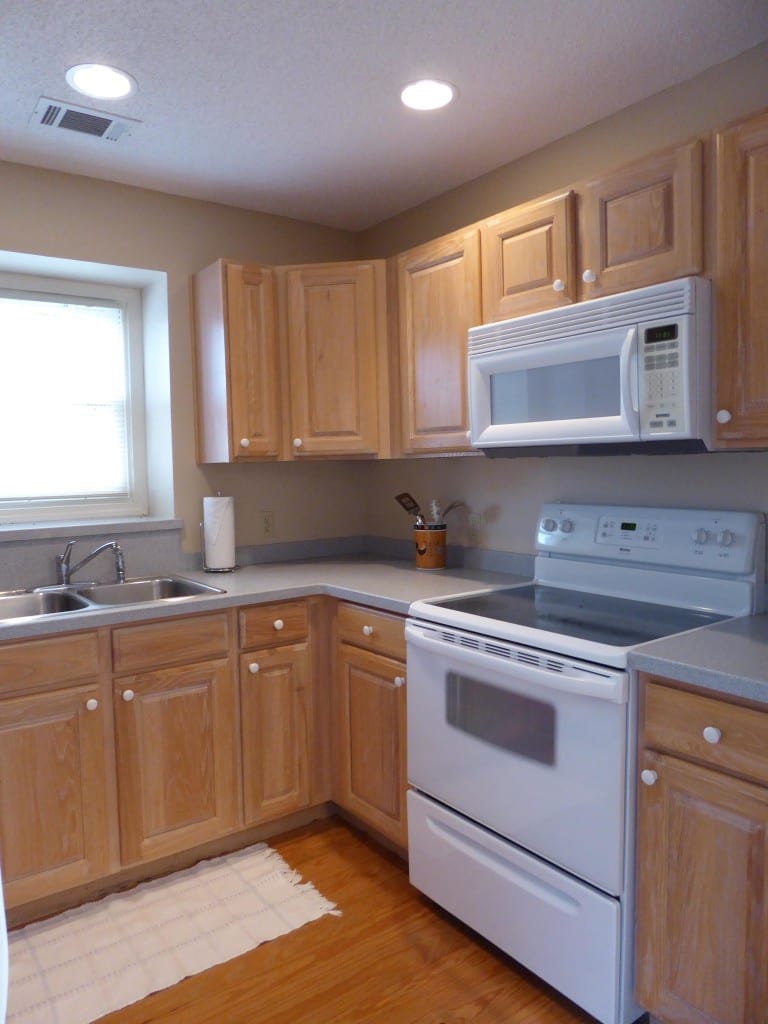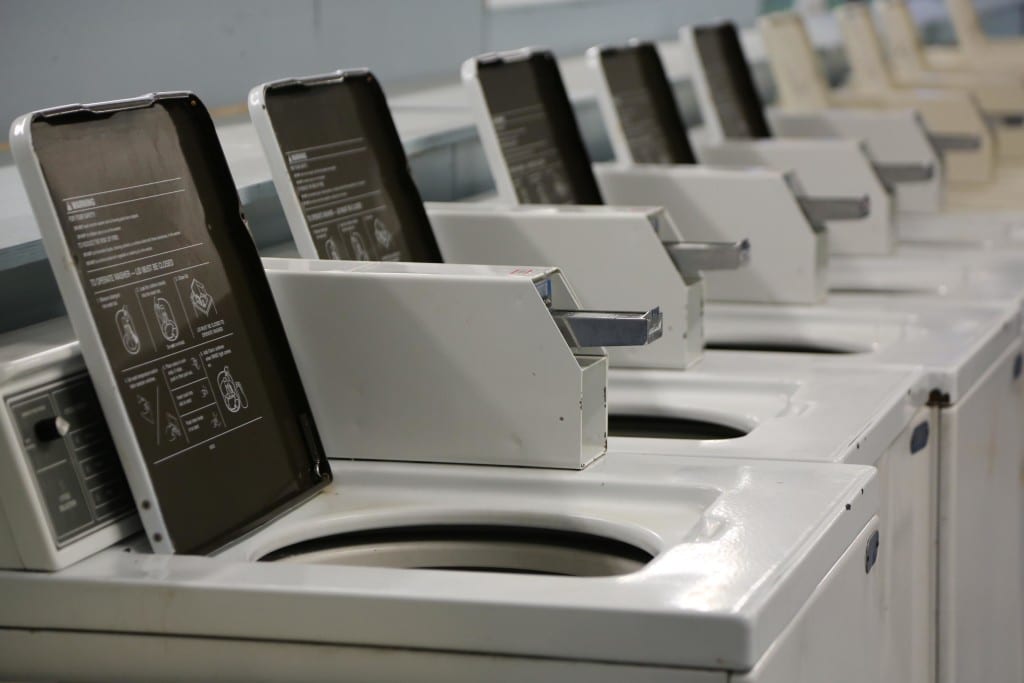Listen. What’s that noise? It’s the sound of energy being sucked out of your appliances. Don’t despair. Even without designated energy-efficient home appliances, you can still take steps to save money.
Refrigerator Rules
Keep your refrigerator running in top condition.
- Be sure to leave a 2-inch clearance on all sides of the fridge. This releases heat from the generator and coils. A buildup of heat interferes with cooling and could even damage the appliance.
This goes for the top of the fridge, as well. Though it’s a handy storage space, keep it cleared off to let heat escape.
- Speaking of location, position your refrigerator away from heat sources, such as a stove, dishwasher or windows receiving direct sunlight.
- Take the temperature of your fridge. Place a cup of water with an appliance thermometer on one of the shelves. Wait 24 hours, and then peek at the temp. If it’s not between 36 and 38 degrees Fahrenheit, adjust the temperature dial.
- While you’re at it, check the freezer compartment. No cup of water this time. Just stick the thermometer between a couple of frozen items. After 24 hours, if the thermometer doesn’t read between 0 and 5 degrees Fahrenheit, change the dial.
- Don’t put foods into the refrigerator while they’re still hot. Wait until they’re room temperature. Also, make sure all containers have tight covers or lids. Otherwise, the compressor works overtime to deal with extra heat and moisture.
- A place for everything, and everything in its place. If the refrigerator’s interior is organized, you’ll spend less time with the door open, looking for food and releasing heat.
Oven Options
From cold to hot: follow these suggestions to save energy when using your gas or electric range.
- Use the right pan for the job, and place it on the appropriate burner. Don’t use an oversize pan to heat food – you’ll just waste energy. Also, use a burner that fits the size of the pan. Small pan plus large burner equals lost heat.
The better the pan, the more efficiently it cooks. Copper-bottom pans with slightly concave bottoms speed up cooking time and save energy.
- Don’t bother to preheat the oven unless you’re baking. Put most foods into the oven when you turn it on. You’ll start the cooking process that much sooner.
- Activate the self-cleaning cycle of an oven right after you’ve had it on. Then the appliance won’t have to warm up.
- How do your burner pans look? Are they caked with spilled food and dried liquids? Clean them up. When the pans shine, they reflect heat, which speeds up the cooking process.
- Have all your ingredients ready to go before you turn on the oven or burner. Don’t waste energy while you hunt for garlic powder or slice carrots.
- Consider which appliance you need. If you’re just reheating a dish, use your microwave. It consumes considerably less energy. Slow cookers and convection ovens are also more efficient than traditional ovens.
Dishwasher Directions

Using a dishwasher isn’t necessarily more expensive than washing by hand if you run full loads.
- If your dishwasher has a booster heater, use it. What’s that, you say? As water enters the machine, this mechanism increases the water temperature to the recommended 140 degrees Fahrenheit. That means you can set your water heater temp lower.
Check your dishwasher. While some boosters run automatically, you have to push a button to activate it on certain machines.
- Choose the shortest cycle that will get your dishes clean. Less time means less energy and water used.
- Consult the manufacturer’s directions for loading the dishwasher. A higgledy–piggledy arrangement of dishes means you won’t be able to fit as many in.
- Scrape your dishes instead of rinsing them before loading. You’ll save water even before you turn on the appliance.
- Remember appliances give off heat. If you use an air conditioner, run your dishwasher at night so it doesn’t increase the air temperature. You’ll just have to cool it.
- Skip the drying cycle, and let your dishes air dry. If your machine doesn’t offer this option, just open the door after the wash cycle finishes.
Washer and Dryer Directions

Laundry seems like a big energy drain, but small changes add up.
- Set your washing machine to use cold water, and choose a detergent formulated for that temperature.
- Using your washer’s extra rinse cycle doesn’t get your clothes any cleaner. It does use more energy, though.
- Separate your items in the dryer in bulk. Dry heavier items, such as towels, separately from lightweight clothes.
- Make sure your dryer’s lint trap is clean every time you use the machine. Not only does air circulate better, but you’ll avoid a fire hazard. For the same reasons, check the vent once in a while to make sure it’s not blocked.
- Use the cool-down cycle on your dryer. The heat shuts off, but residual heat keeps drying clothes.
- Don’t automatically use the high-temperature setting. The delicate or permanent press option works well for most clothes and uses less energy. Also, set the timer for 40 minutes. That might be enough. If not, you can add more time.
- Why not bypass the dryer completely sometimes and use a clothesline or clothes rack?
- Whenever possible, run full loads for both washers and dryers.
Recommendations Recap
Who has the luxury to buy all-new, energy-efficient appliances? With a little forethought, you can save energy throughout your home. Don’t automatically do the same things you’ve always done. A few adjustments make a big difference.
